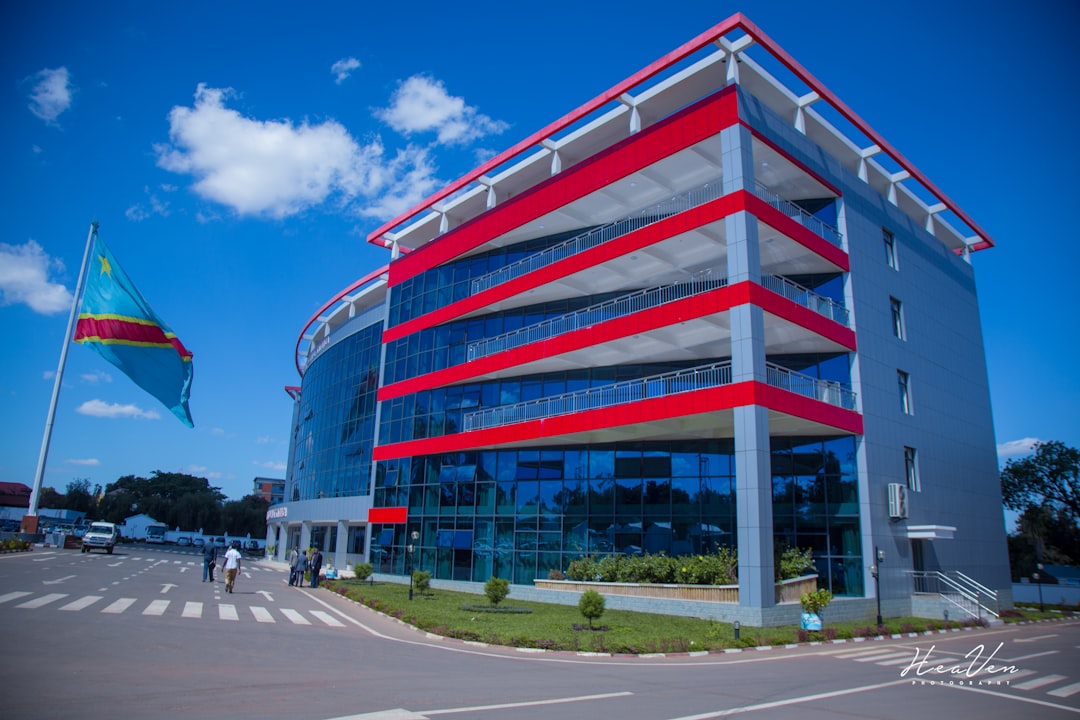What is it about?
Progerin is a mutant form of the lamin A protein (LMNA gene) that provokes Hutchinson-Gilford progeria syndrome, an extremely rare disease characterized by accelerated aging and premature death at an average age of about 15 years, mainly due to complications of atherosclerosis: myocardial infarction, heart failure, or stroke. HGPS currently has no cure, and there is thus an urgent need for new treatments to prevent the life-threatening atherosclerosis associated with the disease. Progerin is expressed in almost all cells of the body, but the relative contribution of distinct cell types to atherosclerosis remains unclear. In this work, we examined mouse models with broad progerin expression and with progerin deleted and lamin A restored in vascular smooth muscle or in endothelial cells, two types of cells in the arterial wall that play a central role in the development of atherosclerosis in the general population. Mice with progerin elimination and restoration of lamin A in endothelial cells developed atherosclerosis, arterial fibrosis, and vascular inflammation and lost weight and died prematurely just the same as mice expressing progerin in all cells of the body. In contrast, the arterial wall of mice in which progerin was deleted and lamin A restored in vascular smooth muscle cells appeared normal and in this respect were indistinguishable from control mice with no progerin expression in any tissue.
Featured Image

Photo by Pawel Czerwinski on Unsplash
Why is it important?
Recent studies in HGPS mouse models have demonstrated that elimination of progerin and restoration of lamin A expression using gene-editing technology ameliorates disease signs and increases life expectancy in treated mice. Since progerin is broadly expressesd in many cell types, the optimization of gene therapy for possible treatment of HGPS patients will require the identification of the cell types in which elimination of progerin produces the most benefit. Our results suggest that correcting the culprit HGPS mutation in vascular smooth muscle cells could be enough to produce a significant therapeutic benefit without eliminating progerin in other cell types. A strategy of this kind would probably require lower doses of gene-editing reagents than needed to eliminate progerin in all tissues, thus increasing the chances of designing effective and safe gene therapy strategies for clinical applications in the future.
Perspectives
Working in this article was a great pleasure as it has co-authors with whom I have had long standing and fruitful collaborations. We hope that readers appreciate the importance of evaluating the relative role of specific cell types in the development of multifaceted diseases that involve many distinct cell types. We also hope our article will help increase social awareness about rare diseases, and that the identification of the cell types in which elimination of progerin produces the most benefit might help optimize gene therapy for possible treatment of HGPS.
Prof. Vicente Andrés
Centro Nacional de Investigaciones Cardiovasculares Caros III (CNIC), Madrid, Spain
Read the Original
This page is a summary of: Exacerbated atherosclerosis in progeria is prevented by progerin elimination in vascular smooth muscle cells but not endothelial cells, Proceedings of the National Academy of Sciences, April 2024, Proceedings of the National Academy of Sciences,
DOI: 10.1073/pnas.2400752121.
You can read the full text:
Contributors
The following have contributed to this page










